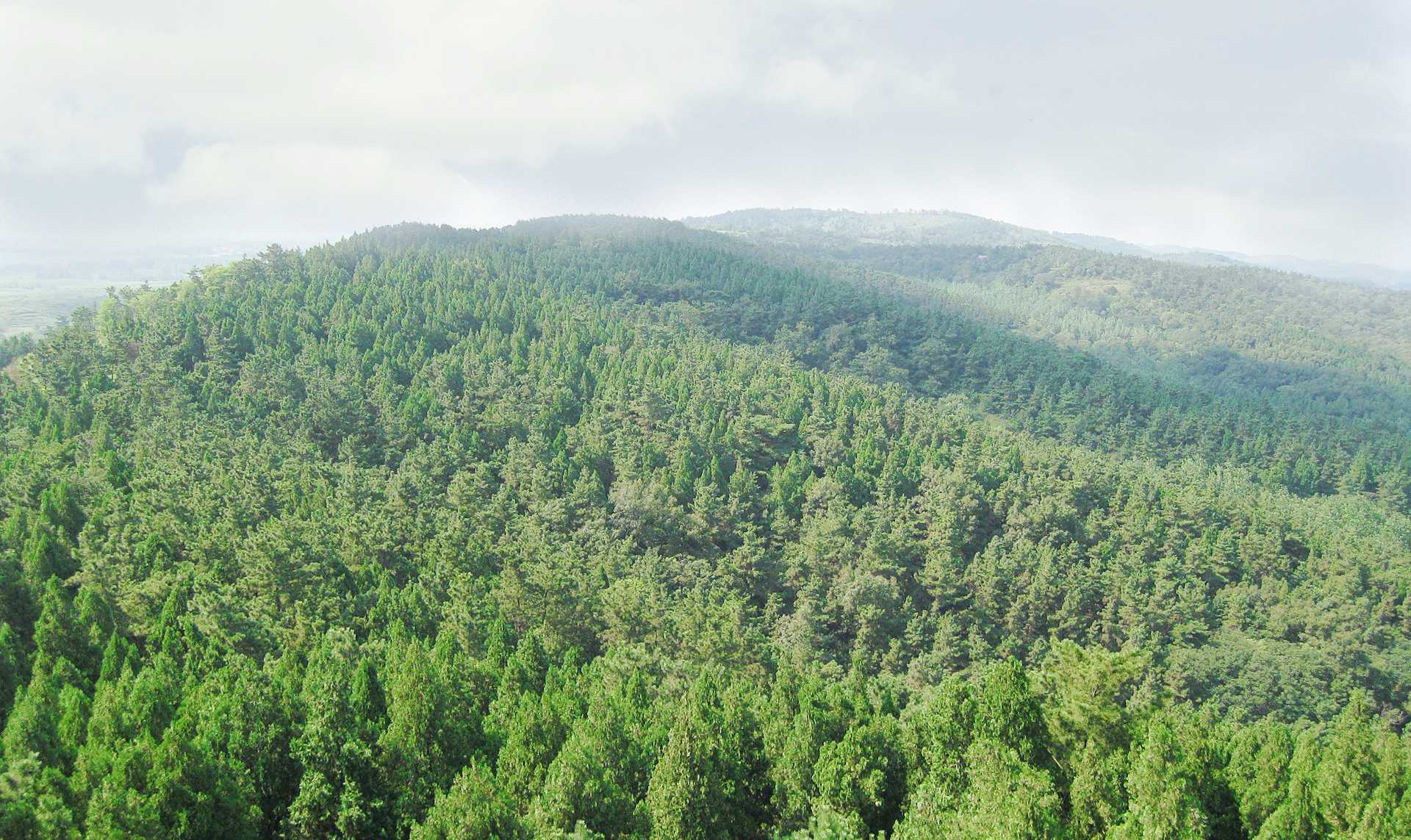Tree Species Producing Pine Pollen in China
1. Masson pine/Pinus massoniana Lamb.
Masson pine is the most widely distributed species of pine in terms of geographical distribution, widely distributed in the humid areas of eastern subtropical China and extending to the northern tropics. Its horizontal distribution area spans across the northern, central, and southern sub zones of the subtropical zone in eastern China, as well as the northern tropical zone, with a natural continuous distribution area of approximately 2.2 million square kilometers. The distribution range is between 21 ° 41 ‘~33 ° 56’N and 102 ° 10’~123 ° 14’E, with a north-south latitude distance of over 12 ° and an east-west longitude distance of over 21 °. Distributed in 18 provinces (autonomous regions, municipalities directly under the central government) in southern China, among which 10 provinces (regions, municipalities) including Zhejiang, Fujian, Jiangxi, Hubei, Hunan, Sichuan, Chongqing, Guizhou, Guangdong, and Guangxi are the main production areas; Shaanxi, Henan, Jiangsu, and Anhui provinces are distributed in the southern or central southern regions; There are small or sporadic distributions in some areas such as southeastern Yunnan, Wuzhishan in Hainan, and Miaoli in Taiwan; There are a few introduced and cultivated species in Kunyu area, Shandong.
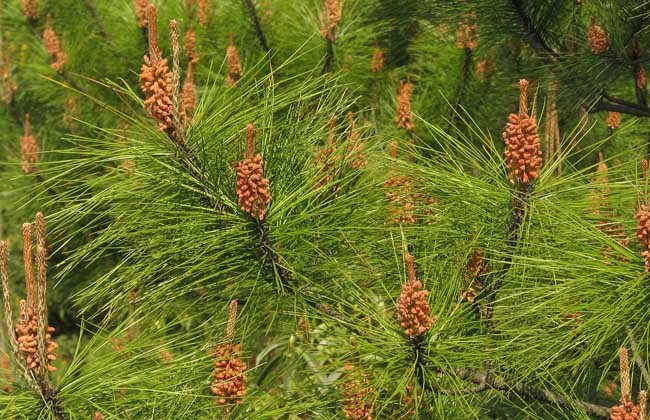
2. Chinese pine/Pinus tabuliformis Carrière
Pinus tabulaeformis is a unique tree species in China, which grows in provinces and regions such as Jilin, Liaoning, Hebei, and Henan. Pinus tabulaeformis grows at an altitude of 100-2600 meters and belongs to temperate tree species. Its root system is well-developed and it has strong drought and cold resistance, able to withstand temperatures as low as minus 30 ℃; Resistant to poor soil conditions, it can grow on slightly acidic, neutral, and calcareous loess.
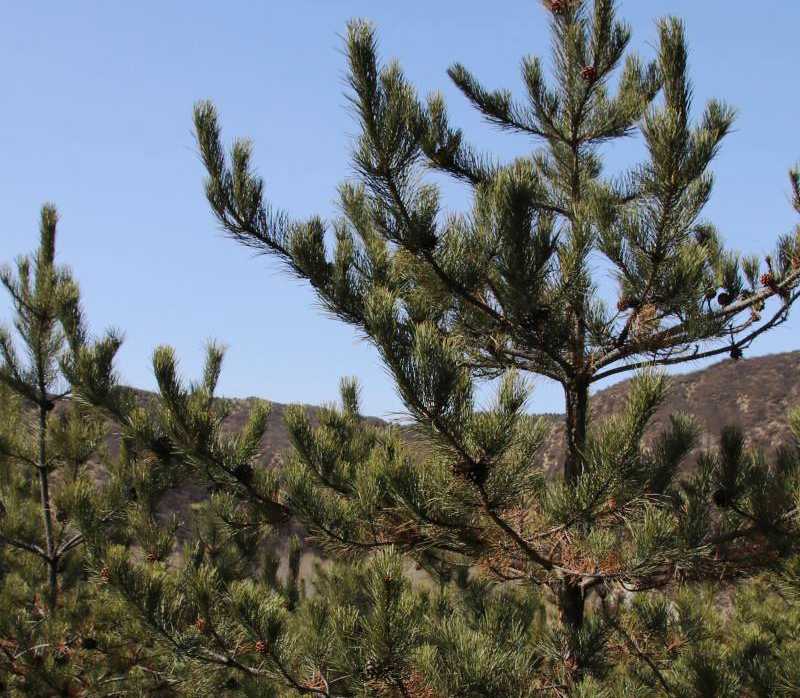
3. Red pine/Pinus densiflora Siebold & Zucc.
Red pine is only distributed in the Xiaoxing’an Mountains to Changbai Mountain in northeastern China, as well as some areas of Russia, Japan, and North Korea; Growing on shaded slopes, semi shaded slopes, or moist and fertile slopes in high-altitude mountainous areas; Strong adaptability and shade tolerance, able to grow on dry sandy land and poorly drained swamps, but best grown on sandy loam or clay loam soil with deep soil layers and good drainage.
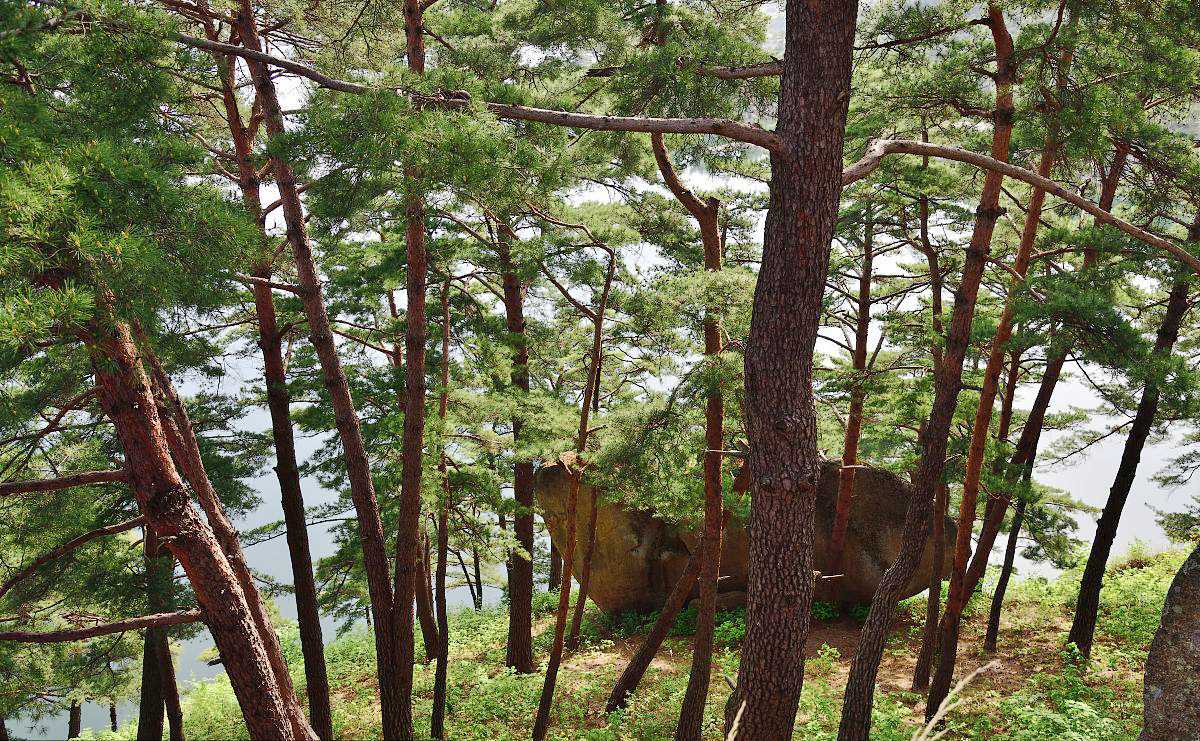
Pine pollen powder can be found in various regions of China, with three major production areas among them.
Thousand-Island Lake/Qiandao Lake 5A Level Scenic Spot
Qiandao Lake Scenic Area, also known as Xin An jiang Reservoir, is located in Chun’an County, Hangzhou City, Zhejiang Province. It is 129 kilometers away from Hangzhou in the east and 140 kilometers away from Mount Huangshan in the west, covering an area of 982 square kilometers, and is located in the hinterland of the Yangtze River Delta. Qiandao Lake is 129 kilometers away from Hangzhou City, 140 kilometers away from Mount Huangshan City, bordering Lin’an City in the north, Changshan County in the south, Kaihua County and Quzhou City in the southwest, Tonglu and Jiande counties and cities in the southeast, and Anhui Province in the northwest.
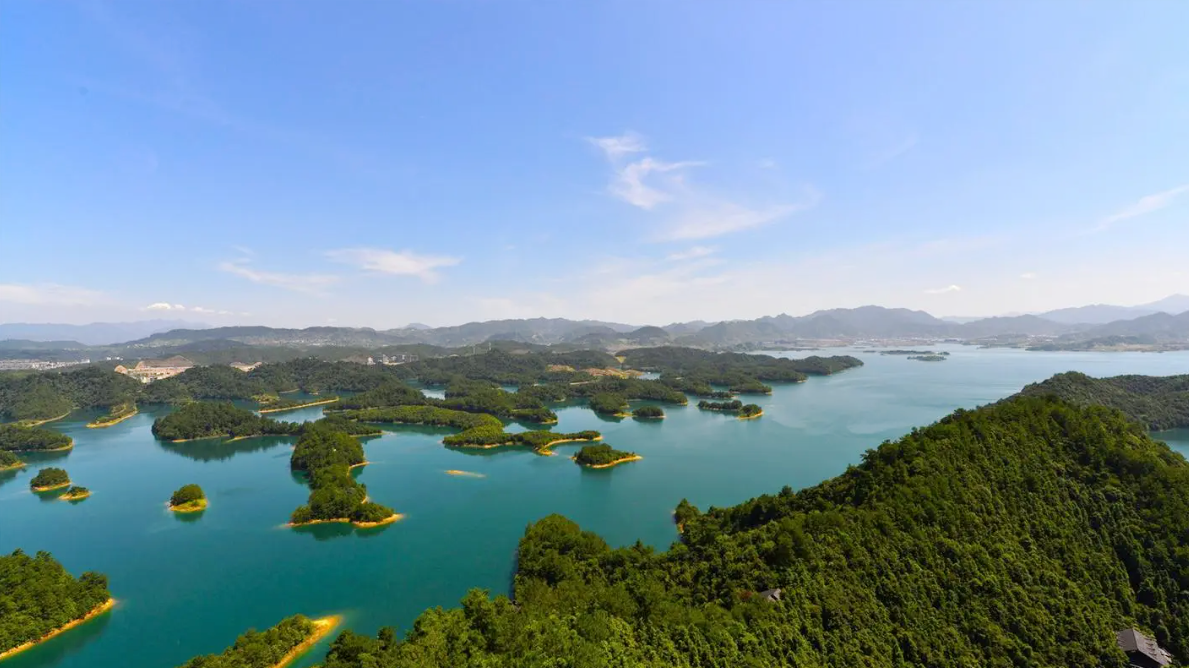
This is one of the main producing areas of Pinus massoniana. Qiandao Lake has a unique ecological environment, with clear lake water, fresh air, and pleasant climate. This environment provides extremely favorable conditions for the growth of Pinus massoniana. The pine pollen produced here is renowned for its pure quality. Due to the relatively closed area of Qiandao Lake and fewer pollution sources, the pine pollen produced by Pinus massoniana can maintain a high degree of purity. Pure Pinus massoniana pollen not only contains rich nutrients, but also allows people to enjoy its benefits with peace of mind during use.
Yunnan Province and its surrounding areas belong to the the Himalayas and Hengduan Mountains
Yunnan Province is a major agricultural and forestry province in the western region, with underdeveloped industries and minimal pollution. Especially in areas such as Chuxiong city, Dali city, Simao city, and Lijiang, which produce pine pollen, the air is pure and the mountains and waters are beautiful. On the vast red soil plateau, there are large areas of Pinus massoniana and Pinus yunnanensis. During the Qingming Festival, the pine trees bloom and the mountain wind blows, causing pine pollen to scatter and form a beautiful pine rain. It seems that the whole world is filled with the fragrance of pine trees. Pine pollen is the source of life of the pine tree, and is the essence of the spirit of the pine tree mining heaven and earth. It has many advantages such as single flower source, pure quality, stable composition, and no animal hormones. It is worthy of being called the original ecological nutrient.
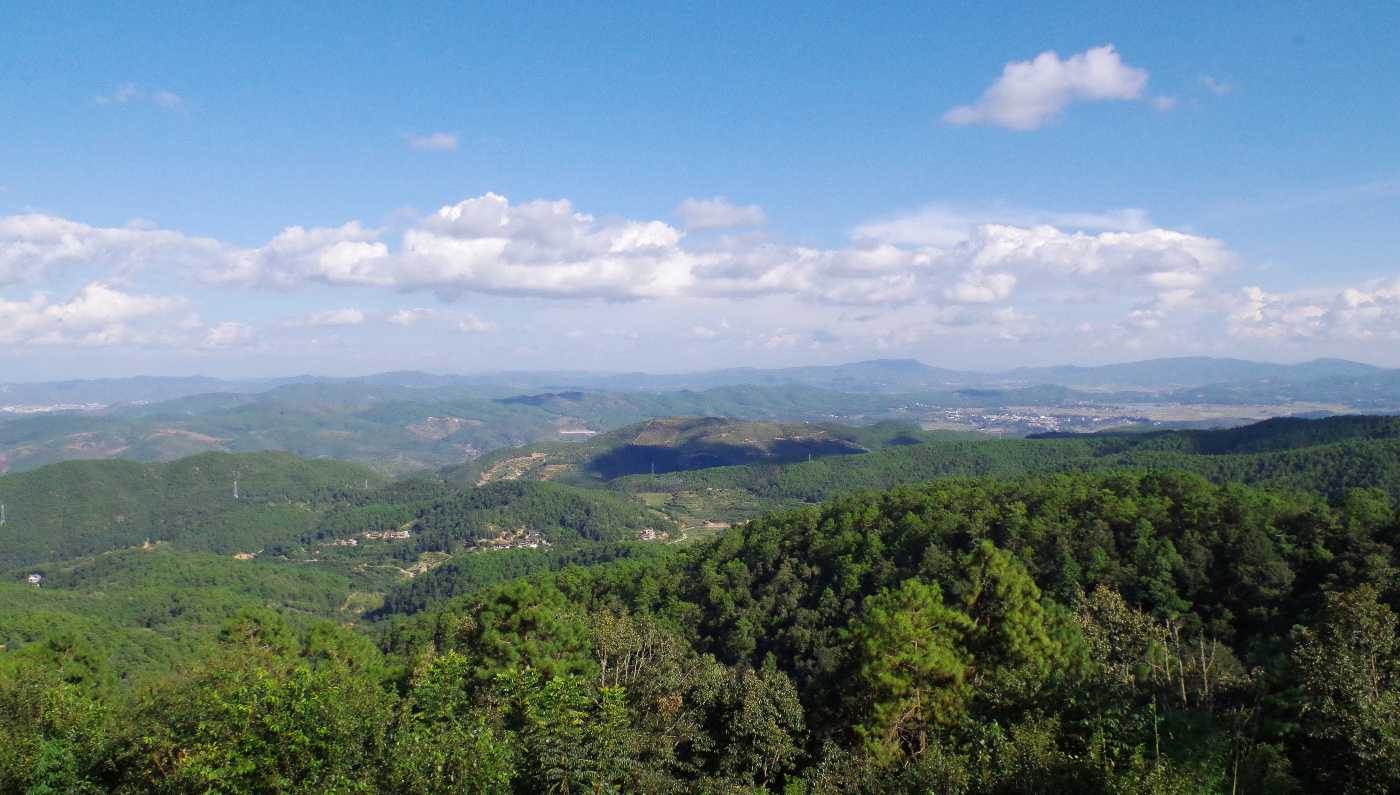
Heilongjiang Province, Liaoning Province, Jilin Province and other northeastern regions are also important production areas for pine pollen
These places are the main production areas of Pinus tabulaeformis. The vast land and suitable climate conditions in Northeast China provide a guarantee for the vigorous growth of Pinus tabulaeformis. The quality of the produced Pinus tabulaeformis pollen is also high, which is rich in various beneficial nutrients for the human body. The pollen of Pinus tabulaeformis in Northeast China also occupies an important position in the market, and its excellent quality has been recognized by many consumers. The advantage of the production area in Northeast China enables the continuous supply of pine pollen to the market, meeting the growing demand for pine pollen.
